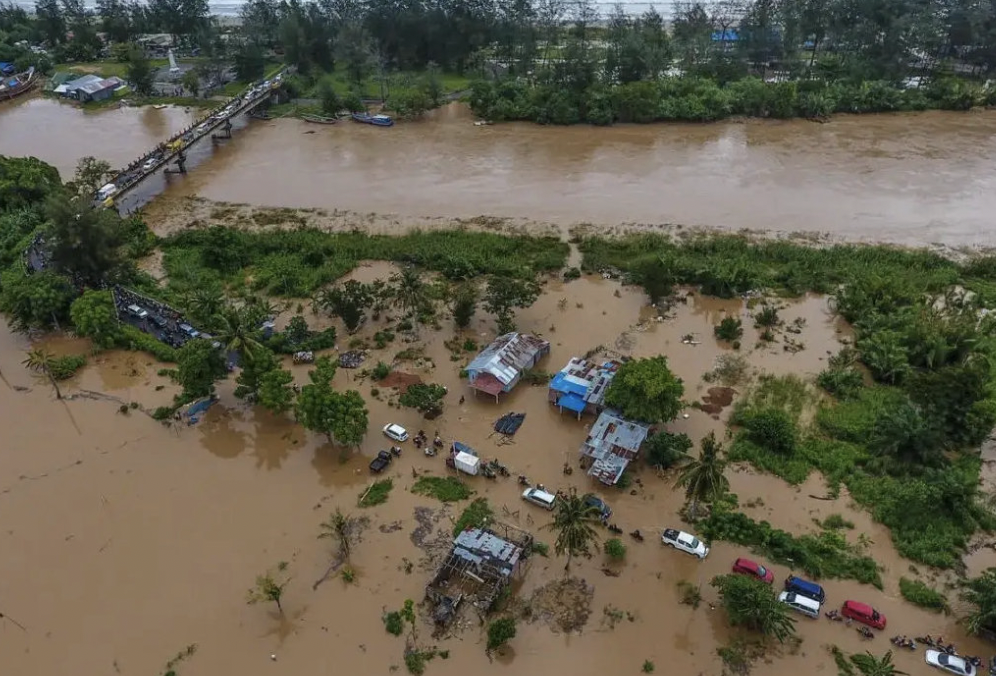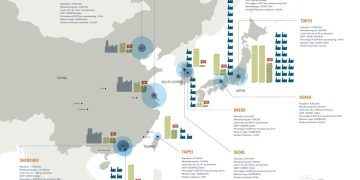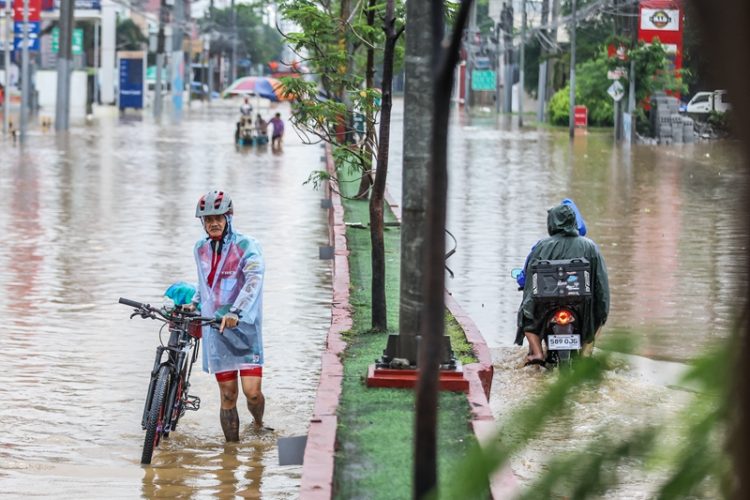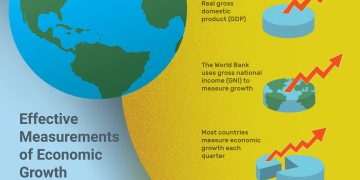In the crucible of summer, the world has been seared by a spate of extreme weather events, each a stark reminder of our climate’s capricious temper. The World Meteorological Organization, in a recent press release, has painted a grim tableau of July 2024—a month that saw billions across the globe grappling with scorching temperatures and the domino effects thereof. Secretary-General Celeste Shallow of the World Meteorological Organization has articulated a disconcerting reality: a year marked by widespread, intense, and prolonged heatwaves that have swept across every continent, with at least ten nations recording daily temperatures soaring above the 50-degree Celsius mark in multiple locations. The clarion call for adaptation to climate change, Shallow insists, is no longer sufficient. Humanity must confront the root of the crisis and curtail greenhouse gas emissions.
António Guterres, Secretary-General of the United Nations, has previously voiced that the urgency for climate action has reached a zenith. If temperatures continue their relentless ascent, we may witness catastrophic sea-level rise, the decimation of tropical coral reef ecosystems, the ruination of the livelihoods of hundreds of millions, and further perturbation of weather patterns. The international community stands at a crossroads, with immediate action against climate change being the only viable path forward.

In Pakistan, the National Disaster Management Authority’s report dated September 2nd lays bare the stark toll of monsoon-triggered disasters between July 1st and August 31st—claiming the lives of at least 293 individuals and injuring 564 others. Images from the southern Sindh province’s Dadu district show swathes of land besieged by floodwaters, a testament to nature’s unbridled force.
Meanwhile, Tropical Storm Capricorn has cast a shadow over the Philippines since the evening of September 1st, unleashing torrential rains and landslides. The tempest’s wrath has led to the cancellation of numerous domestic flights and the suspension of operations at ports in the eastern and central regions of the country. Photographs from September 2nd depict residents navigating the inundated streets of Rizal province—a visual echo of the storm’s disruptive might.








































